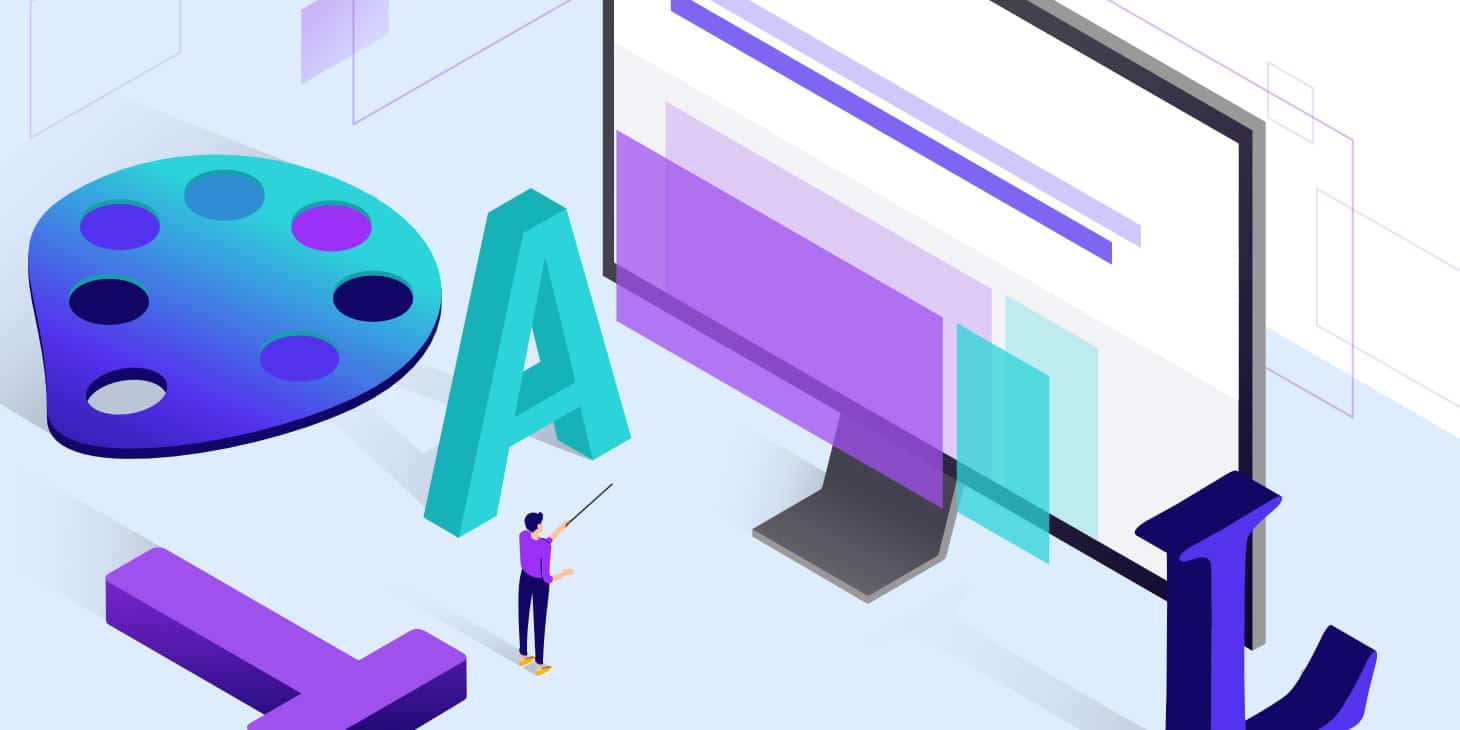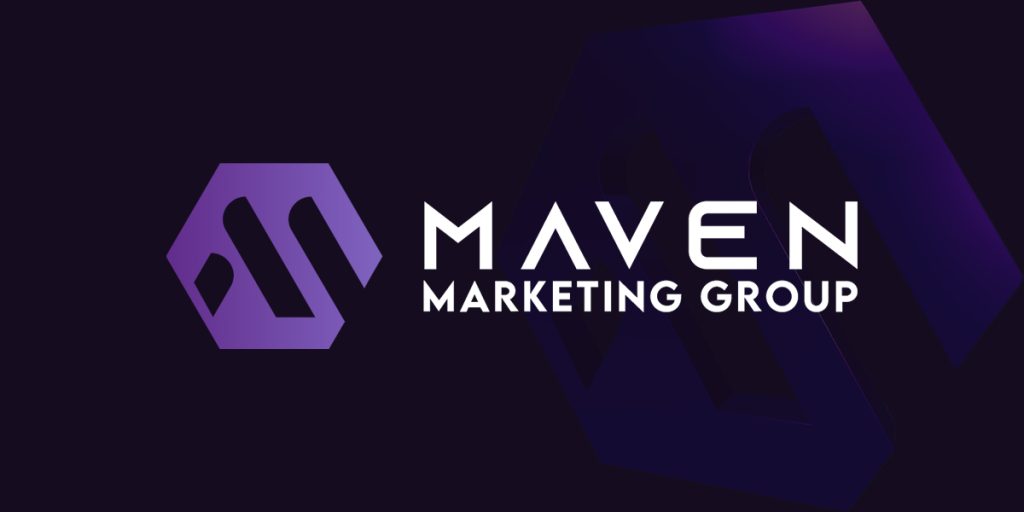
The work environment for web designers is as diverse as their skills.
They can be found in various settings, each offering unique opportunities and challenges.
From web design agencies to the freedom of freelancing, in-house positions at companies, and even within the educational, governmental, and nonprofit sectors, web designers adapt to different workspaces to create engaging and effective websites.
Whether collaborating with teams, serving clients independently, or supporting specific industries, web designers navigate a dynamic professional landscape to bring online visions to life.
Web designers work in a variety of settings, depending on their preferences and the nature of their work.
Common places where web designers can be found:
- Web Design Agencies: Many web designers are employed by web design agencies. These agencies, staffed with skilled developers and designers, specialize in creating websites in a timely manner for a wide range of clients, from small businesses to large corporations. Working at an agency allows designers to collaborate with a team and gain experience working on diverse projects.
- Freelance: Freelance web designers have the flexibility to work from anywhere, whether it’s their home office or a co-working space. Web developers and web designers often take on projects independently, creating websites for clients from various industries on the world wide web.
- In-House at Companies: Some companies, especially larger ones, hire web designers as part of their in-house team. These developers, also acting as designers, focus on maintaining and updating the company’s website, ensuring it aligns with the brand’s goals and standards.
- E-commerce Platforms: E-commerce companies require web designers and developers to create and maintain their online stores. These web developers focus on optimizing the user experience on a web site, ensuring a smooth shopping process for customers on the world wide web.
- Educational Institutions: Universities, colleges, and schools often employ web designers and developers to manage and update their websites. These designers may also work on web-based educational tools and resources.
- Government Agencies: Government departments and agencies need web developers and designers to maintain their websites, provide information to the public, and ensure accessibility and compliance with government standards.
- Nonprofit Organizations: Nonprofits hire web designers to create websites that help promote their causes, share information, and gather donations.
- Media and Publishing Companies: Web designers in media and publishing companies focus on creating visually appealing and user-friendly websites for news outlets, magazines, and other publications.
- Startups: Startups often rely on web designers to establish their online presence and develop their initial web-based products or services.
- Self-Employed: Some web designers & developers choose to start their own businesses and offer web design services directly to clients. This allows for complete independence and control over projects.
In summary, web designers have a wide range of employment options, from traditional office settings to freelance and remote work.
Web developers and web designers often choose their workplace depending on their career goals, work style, and the type of web site projects they enjoy working on.










